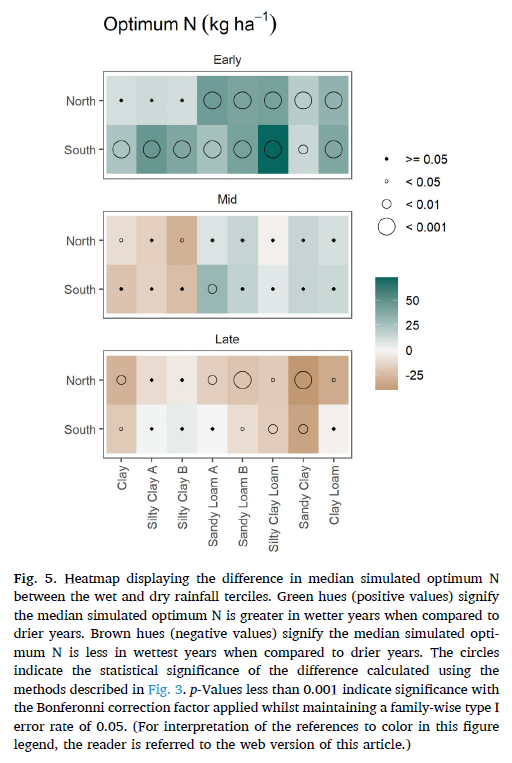New Paper: The potential for refining nitrogen fertiliser management through accounting for climate impacts: An exploratory study for the Tully region
A new article has been published which reviews the effect of increasing the precision of nitrogen (N) fertiliser management in cropping systems on the environmental and economic sustainability of cropping.
In the simulation study, they found that natural variability in year-to-year climate had a major effect on optimum N fertiliser rates for sugarcane in the Tully region of northeastern Australia, where N discharges pose high risks to Great Barrier Reef ecosystems. There were interactions between climate and other factors affecting crop growth that made optimum N rates field-specific. The regional average optimum N fertiliser rate was substantially lower than current industry guidelines. Likewise, simulated N losses to the environment at optimum N fertiliser rates were substantially lower than the simulated losses at current industry fertiliser guidelines.
They showed that if the reductions in N applications identified in the study occurred in the Tully region, the reduction in dissolved N discharges from rivers in the region would almost meet current water quality improvement targets.
For more information, the paper can be accessed here: https://doi.org/10.1016/j.marpolbul.2021.112664

